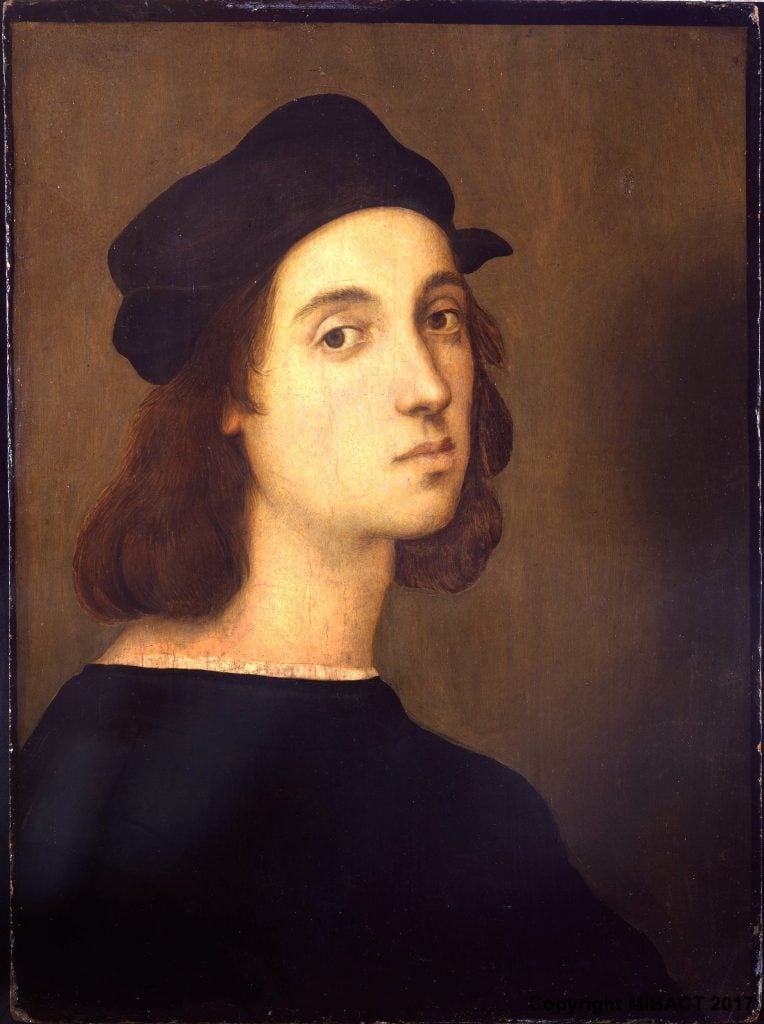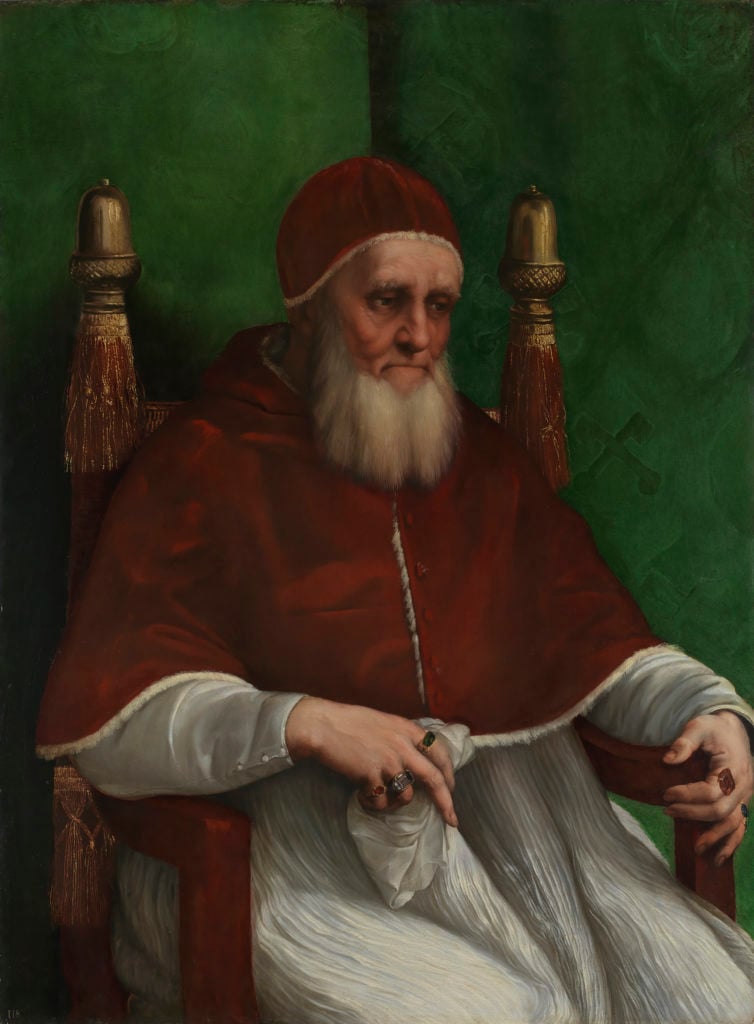People
A New Study Suggests the Real Cause of Renaissance Master Raphael’s Death Was a Disease Similar to the Coronavirus
It was long believed—wrongly—that the artist died of syphilis.

It was long believed—wrongly—that the artist died of syphilis.

Artnet News

Raphael’s reputation for having a wild sex life has long fed myths that the Renaissance artist died of syphilis in 1520 at age 37. But 400 years after his death, medical researchers have finally put that tall tale to rest.
According to an article that appeared this week in Internal and Emergency Medicine, a journal published by the Italian Society of Internal Medicine, the painter likely died from a pulmonary disease. The researchers at the University of Milano-Bicocca who authored the report say the illness was wrongly identified by physicians, who treated the fever-ridden Raphael by bloodletting with incisions or leeches—a process that likely sped up his death rather than aiding in his recovery.
“We are sure that bloodletting contributed to Raphael’s death,” Michele Augusto Riva, one of the study’s authors, told the Guardian. “Physicians of that period were used to practicing bloodletting for the treatment of different diseases, but it would not generally be used for diseases of the lungs. In the case of Raphael, he did not explain the origin of the disease or his symptoms and so the physician incorrectly used bloodletting.”

Raphael, Portrait of Pope Julius II (1511). © The National Gallery, London.
Riva and his team point to Italian historian Giorgio Vasari’s description of Raphael’s death, in which the Pope sent Rome’s top physicians to tend to the ailing artist. But in an effort to hide his romantic exploits, Raphael refused to tell them about his “frequent night outings in the cold” to visit lovers, per Vasari’s account.
“A medical mistake, and his own mistake in not faithfully recounting his history, contributed to Raphael’s death,” Riva summed up to the AFP. (A good lesson: tell your doctor the truth!)
Notably, the true cause of Raphael’s death was a pulmonary illness that Riva described as “very similar to the coronavirus we’ve seen now,” including a continuous fever.
A child prodigy, the artist, whose full name was Raffaello Sanzio da Urbino, was among the most celebrated artists in Europe at the time of his death. Today, he’s considered one of the three most influential creators of the era alongside Michelangelo and Leonardo da Vinci.
A comprehensive, once-in-a-lifetime show of the artist’s work is on view now at the Scuderie del Quirinale in Rome.